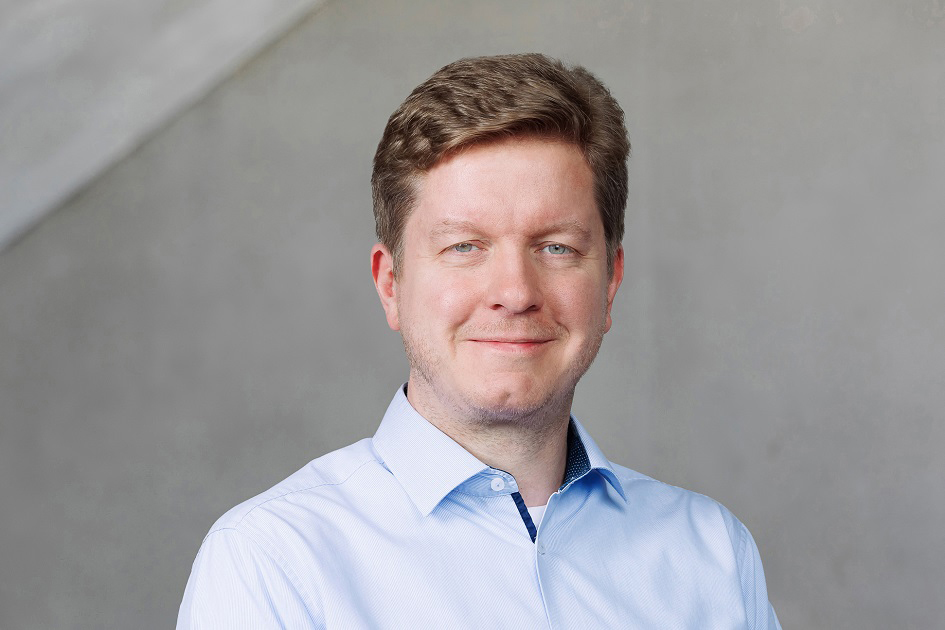Resources of the future for cement and concrete
Alongside climate and species protection, the preservation of natural resources is one of the major ecological challenges of our times. The production of cement and concrete is an area of particular relevance in this respect, accounting for roughly one fifth of the primary raw materials used in Germany. "We are well aware of the enormous demand arising from our industry and are prepared to take responsibility for an even more careful use of natural resources", explains Christian Knell, President of the German Cement Works Association (VDZ). The new VDZ study "Resources of the future for cement and concrete – Potential and action strategies" describes a possible 2050 scenario aimed at further reducing primary raw material utilisation.
Resource preservation is by no means uncharted territory for the German cement and concrete industry. Depending on their availability, the various by-products and recycled materials already employed today enable more than 10 million tonnes of primary raw materials to be saved each year. "Blast furnace slag from ironmaking and fly ash from coal-fired power generation in particular play a major role", explains VDZ General Manager Dr Martin Schneider. "In the light of the ongoing process of decarbonisation in the industrial sector, these two materials will however no longer be available in the future, or only to a far lesser extent. We are therefore going to need alternatives".
On the basis of an ambitious scenario, the study illustrates the amounts of natural resources which could be saved along the cement and concrete value chain by the year 2050 under certain conditions. It would accordingly be possible to employ 41 % fewer mineral primary raw materials such as limestone, gravel and natural stone. One key to achieving this goal is the use of recycled materials obtained from the dismantling of building structures and the concrete contained in these. The fine crushed sands occurring in the material treatment process could be utilised in the production of clinker and cement. The coarser constituents can be re-used as recycled aggregates in concrete production.
In the scenario under consideration this aspect also offers the greatest potential for preserving natural resources along the cement and concrete value chain.
The study sets out a number of central areas of action as prerequisites for resource-saving concrete construction. For example, there is a need for sustainable material flow management to permit the systematic recording of materials used in buildings and the return of these to the cycle. An effective combination of political instruments is also essential to promote both a continuous supply of recycled building materials and the demand for resource-saving construction work. "Alongside the technical and political framework, the decisive factor will be a joint, concerted approach to these issues along the entire construction value chain. This is the only way to create mutual understanding for the particular challenges and opportunities associated with resource preservation", stresses Martin Schneider. The securing of domestic primary raw materials is a further important area of action, not least because even with an ambitious circular economy, natural resources will continue to make up the largest part of the raw materials required for cement and concrete.
Christian Knell is confident that the industry will succeed in making a significant contribution to both resource preservation and climate protection in the years ahead. "Both goals go hand in hand. Cutting our use of materials will also enable us to reduce CO₂ emissions accordingly", says the VDZ President. Furthermore, efforts under the auspices of VDZ are providing great impetus for progress in both areas, as Martin Schneider also points out: "We and the rest of the industry are fully committed to fulfilling our responsibility for resource preservation. The many research projects conducted by VDZ can make an important contribution in this respect".
You can download an executive summary of the new VDZ study in English at:
https://www.vdz-online.de/en/cement-industry/raw-materials-and-biodiversity
The full VDZ study "Resources of the future for cement and concrete – Potential and action strategies" (in German) is available for download at:
https://www.vdz-online.de/ressourcenschonung
About VDZ:
VDZ was founded in 1877 as the German Cement Manufacturers' Association. In our capacity as a joint organisation of the German cement manufacturers, we have been actively promoting environmentally compatible cement production and high-quality concrete construction for more than 145 years. As a centre of research and expertise in the field of cement, concrete and environmental protection, VDZ has acquired a worldwide reputation and respect for its practical research work and comprehensive range of services throughout the entire value chain.
We would welcome the inclusion of this VDZ press release in your media coverage and would be pleased to receive a specimen copy.
